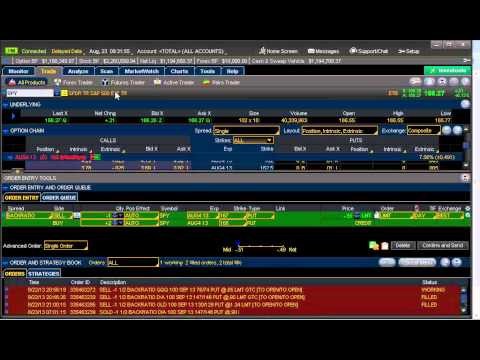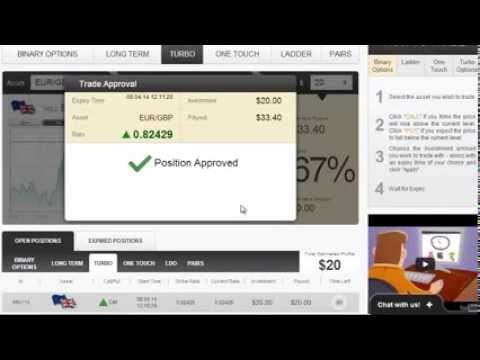How to Make Money From Put Options
Post on: 29 Май, 2015 No Comment

A put option gives the holder the right to sell 100 shares of the stock of the underlying company at strike price until the expiration date of the option. This is the opposite to a call option.
The put option buyer benefits when the price of the underlying stock falls below the strike price. A put option increases its value when the price of the underlying stock declines.
Investors buy puts when they are bearish on the stock. Premiums in puts are usually lower than those in calls for the same stock. This is like that because there are more investors that are bullish than bearish, and because of that, there are less put options than call options that are negotiated.
When to buy puts
Put options are used to protect existing profits in stocks and to limit the extent of losses of capital in existing stock positions.
Investors benefit at buying puts when prices of underlying stock falls below the exercise or strike prices. Instead of selling a stock short when foreseeing a decline in the stock price, the buyer can buy a put option. For example, if an investor is bearish in a stock, that is currently being negotiated at $32 per share, a put option at six months with strike price of $30 can be bought for about $200 (contract for 100 shares).
If the price of the stock falls below strike price the investor can carry out the option through the sales of the 100 shares of the stock at strike price of $30 per share and buy the stock at a lower market price or sell the put option at a profit.
The use of the put options limits the loss risks in comparison to the short selling, in which the risk of loss is open-ended. When stock short is sold the price of the stock could be increased before descending, increasing the amounts of money that would be lost. The largest amount that one could lose with a put option is the Premium paid for buying the option.
The put option holder has many alternatives:
- Carry out the option at a stock price using his own shares or buying the shares at lower prices and tender them at exercise.
- Sells the option at a profit If the price of the stock is above strike price the option expires, and the most that one can lose is the amount of Premium paid the option.

As with calls, puts are perishable assets and are not worth anything when expired.
The intrinsic value of the put option is determined by subtracting market price from strike price.
The intrinsic value of put option = strike price – market price of the stock
By agreement the intrinsic value cannot be less than zero (a negative number). If an option does not have intrinsic value it is referred to as out of the money. When it has an intrinsic value and it benefits from carrying out the put option it is referred to as in the money. If the strike value is equal to the market price of the stock the option is referred to as at the money.
Options, are not generally exercised until near expiration because an earlier exercise means throwing away the remaining time value. Another generalization with options (both calls and puts) is that the majority of options are not bought with the intention of exercising them. On the contrary, are bought with intention of selling them.
When an option is in the money the option holder can sell and receive a larger amount of money than the Premium paid. but if the option is exercised the put holder has to get the money to buy the stocks (if they are not already owned) so that they can be sold at strike price. One incurs in transaction costs in both actions.
The use of put options can be considered as an insurance Premium to protect the profits against a decline in price of stock.














